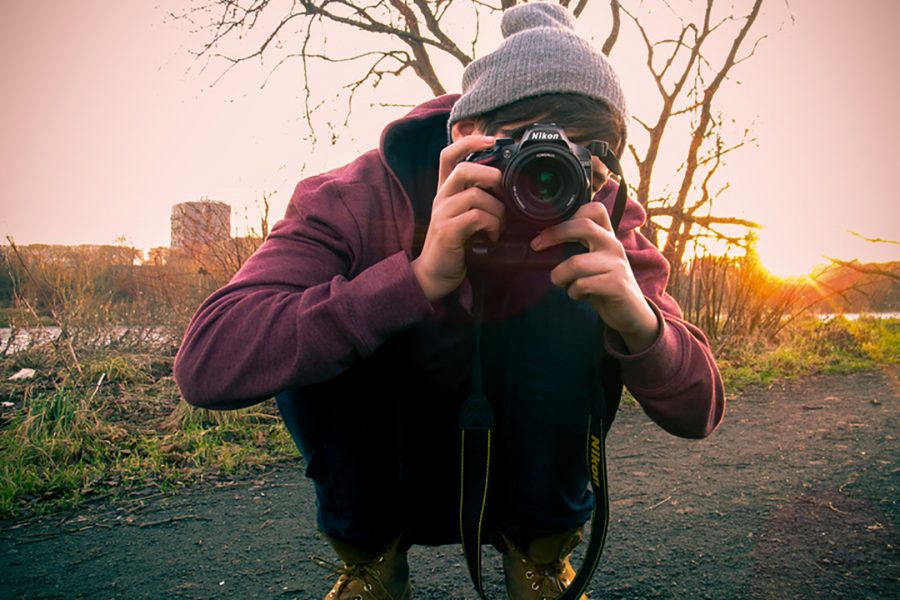Every moment of our lives is being captured, recorded and shared. With the advancement of smartphone cameras that produce high-quality images and the subsequent use of social media, snapping a photo is as easy as 1-2-3. It’s rare to see a person out on the street with an actual camera in their hands. According to statista.com, due to the increase in smartphone usage and its all-encompassing photo-taking capacity, there is less demand for standalone cameras since it peaked in 2010.
In this day and age, anyone can pull out their phone, take a picture of a sunset or a painting at an art gallery, slap a filter on it and gain the likes to boost the traffic of their timeline. To put it bluntly, everyone’s a photographer nowadays.
Sure anyone can take a photograph—but the key to that statement is the word “take.” Real photography is about creating images. As Ansel Adams once said, “You don’t take a photograph, you make it.”
With a whopping 350 million photos uploaded to Facebook daily, and over 100 million photos uploaded to Instagram, this flood of photographic images makes it easy to forget about the amount of time, practice and innovation that it takes in order to be a good photographer, or at least take a good photo for that matter.
Photography is an underrated art, and while it’s simple in concept, it’s harder than it looks. It takes less than one minute to pick up a camera and snap a photo, but it takes a lifetime to master the technique.
Snapping photos does not a photographer make.
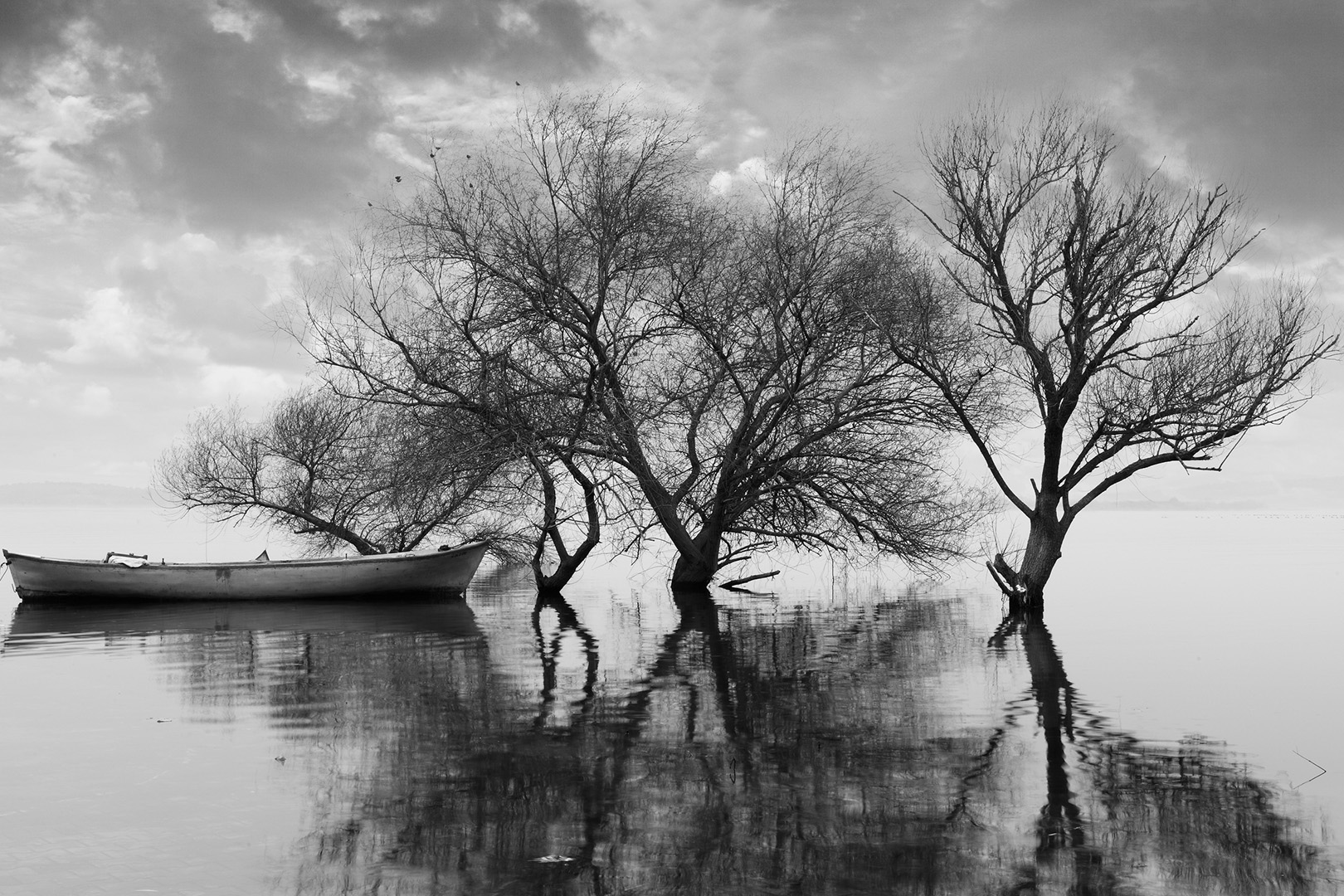
To the ones who prefer to use a standalone camera, it’s more than a snap-and-shoot activity and sometimes more than a hobby—it’s a way of life. It’s an art and craft that is rarely recognized for the skill set needed.
A child can pick up a smartphone and take a photo. Millions of “soccer moms” take random pictures of their kids, their lunch or themselves wearing their new yoga pants and post it to Facebook for the world to see. But to create original photography like that of Robert Frank, Annie Leibovitz or Henri Cartier-Bresson can only come from studying other photographers, exploring composition and learning about other artistic mediums.
But before one goes out and creates or makes the perfect photograph, learning the ins-and-outs of a camera is essential. Photography is highly technical, and when done right, highly complex.
A portion of the technical details come from the ability to manually set the functions within your camera to have complete control of the image being captured. Most, if not all, photographers shoot in “manual mode” instead of allowing the camera to pick the settings automatically. Manual mode is a camera function that allows the photographer to control the exposure of the image by determining the amount of light that enters the camera, the depth of field between the lens and the subject and the ability to have complete creative control over the image.
From blurred backgrounds, also known as “bokeh,” to the ability to create silhouettes or capture motion, manual mode takes some time to get the hang of. This isn’t a how-to tutorial, so I won’t get too technical, but the perfect analogy to use is that manual mode is like driving stick in a car. The driver is in charge of shifting gears at every interchange and pass—the same works with manual mode on a camera.
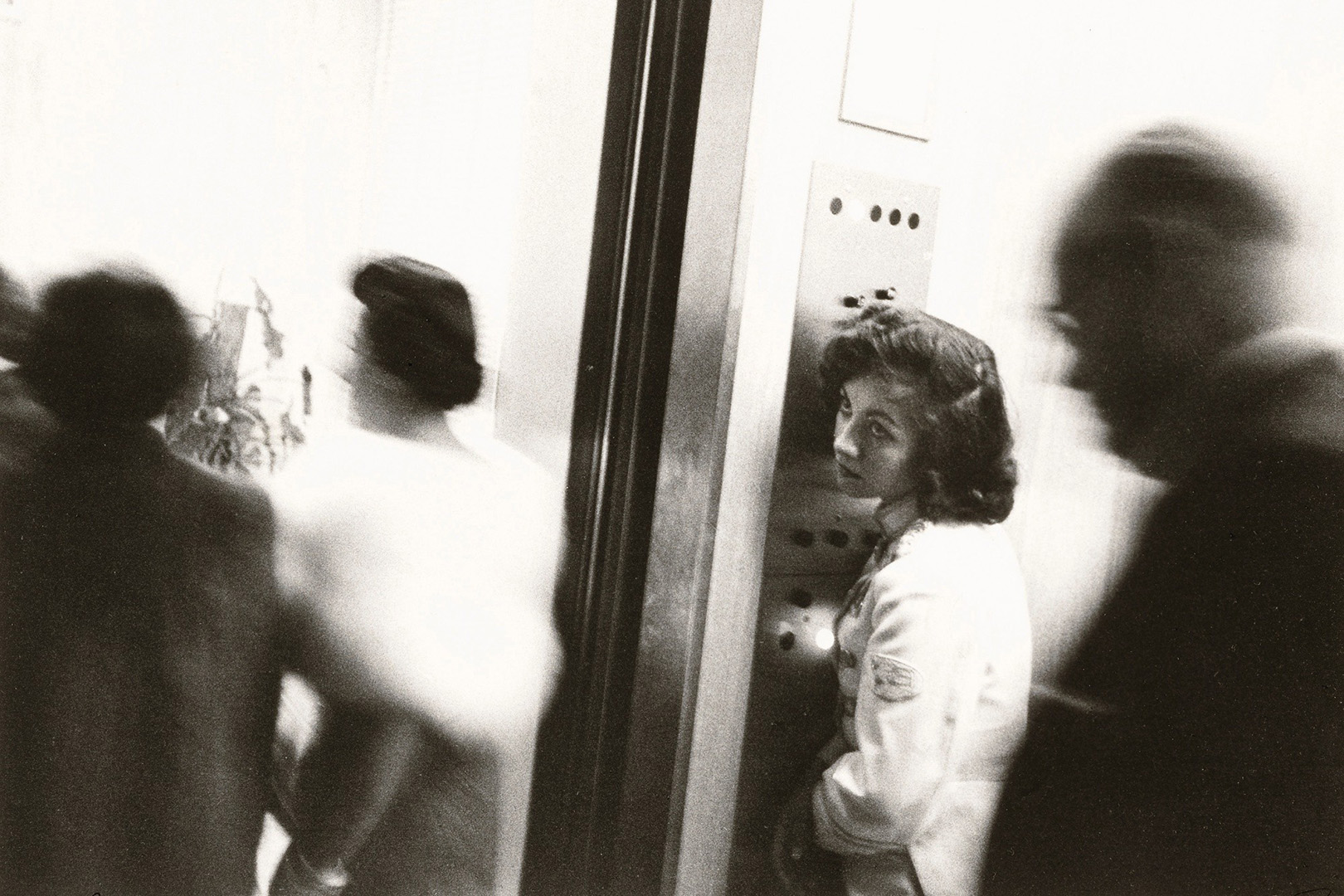
Lighting is everything.
The word photography actually stems from Greek roots that mean “writing with light.” One of the main differences between a novice photographer and a trained photographer is the use of light. The way a photo captures the right type of light has a dramatic effect on the final image and its overall mood. Have you ever tried to use the flash on your smartphone or use the pop-up flash on a digital camera— and noticed how unflattering the picture looks? That harsh shadow behind the subject or a shiny forehead can make a break a photo.
Photographers study and experiment with different lighting techniques to know when to angle or bounce the light, when to use a reflector to fill in shadows and how to balance the exposure between the subject and the background correctly. I had a professor tell me once that the use of off-camera flash is the difference between a “snap-n-go” photo and the type of image that could be used on the cover of “People” magazine.
Lighting is a complete game-changer for a photographer, and the use of natural light is no different. Many photographers will wake up at the butt crack of dawn, drive through traffic and patiently wait for the best time to take a photograph. Or they will wait around all day to capture an image during the “golden hour,” which is the time period that is shortly after sunrise or before sunset. Photographers swear by this lighting technique as it creates a soft, diffused light that is more flattering than the harshness of the midday sun.
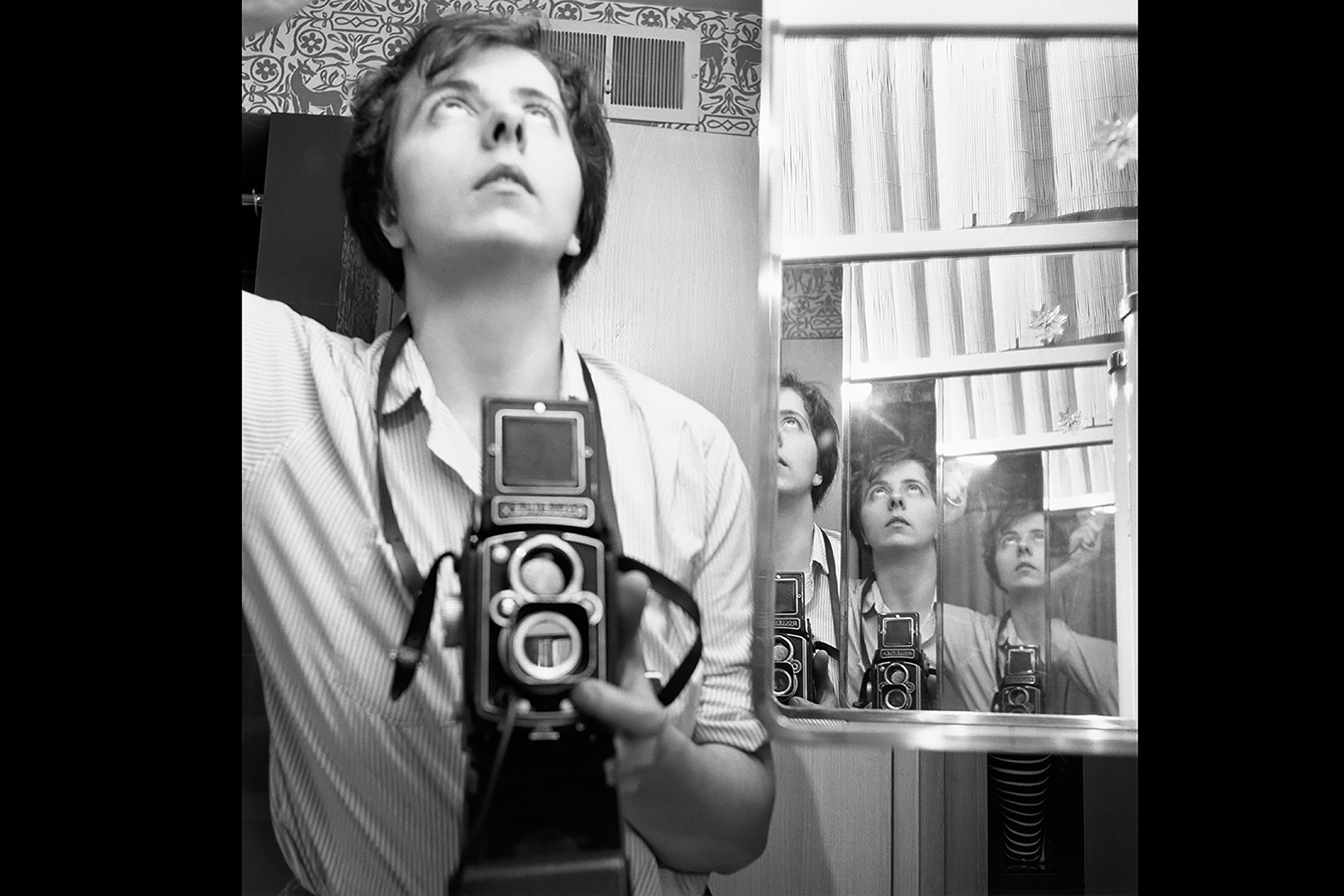
Composition, creativity and above all else—practice.
Composition is essential because it helps direct the viewer’s eyes to the subject of the photograph and provides a pleasing aesthetic. To capture this, the photographer has to get creative through the use of imagination. Whether it’s the camera angle, the lighting, the use of leading lines and symmetry or recognizing colors and patterns, the purpose is to capture an image that tells a story.
Photographers use methods to exercise creativity, such as cultivating curiosity, experimenting and practice, practice, practice.
Time, experience, failure and self-doubt.
Photographers spend many hours on their feet, lugging around equipment, scouting locations to capture the perfect image. They will weather through the elements to achieve an angle that distinguishes their picture from others or to capture that subject like no one else has. Whether it’s the perfect sunset or that decisive moment, it’s a never-ending quest to capture the beauty of life.
Failure is a massive part of being a photographer as well. You know how many times I’ve gone out on a shoot—taken nearly 100 photos—to only have one that I am satisfied with? That’s a 1% ratio of success—and sometimes it feels like a complete failure.
Whether it’s that light pole that is in the background that appears to be coming out of the subject’s head. That near-perfect picture where the composition and lighting were on point, but the person had their eyes closed, or God-forbid, an image that under further inspection appears to have some motion blur. It sucks, and it’s a hard reality for a photographer.
Every photographer has moments of self-doubt or feeling like a fraud at moments. It’s a part of the process of putting yourself out there—being in a competitively subjective art—in which people may or may not like your work. It’s normal and common for creative types to experience doubt. Artistic minds have a bad habit of comparing themselves to others—I have experienced this myself. The harsh reality is that without enough resilience and confidence, it’s the easiest way to get sucked into the black hole of despair and defeat.
But, it’s about the experience, learning from the mistakes or the uncontrollable accidents, yet having enough compassion to say, “I’ll get it right next time, I got this.” Taking that doubtful energy and harnessing it in a positive way to push ourselves to achieve more, learn more and trust in our abilities.
Like the old proverb goes, “fall down seven times—get up eight.”
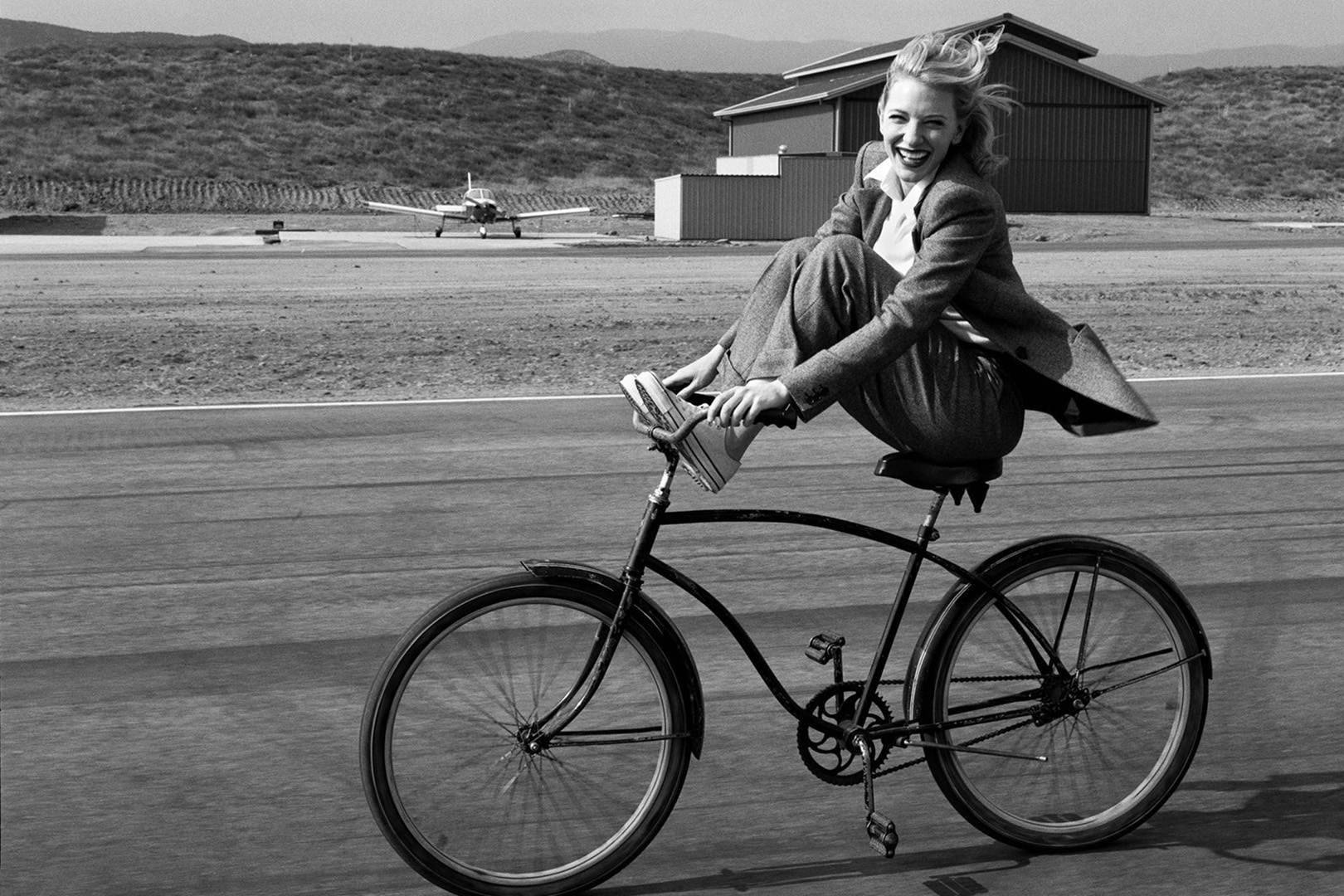
There are a plethora of other aspects that go into the dedication of photography. The most notable areas are spending countless hours post-editing in programs such as Adobe Photoshop or Lightroom, burdening the financial impacts of gas and mileage or having to buy or replace equipment. The list goes on and on.
I guess what I am trying to say is, let’s not take for granted that there are millions of people out there that are passionate and excited to pick up their camera and create images. Those same people put a lot of value, time and a piece of themselves into the work that they do. Don’t get me wrong, a huge part of photography is having fun, getting creative and letting go. It’s not about being overly-serious and pretentious, but it’s about recognizing that in our current times, images can be lost and shuffled under the social media rug.
Sometimes photography comes off underrated and ordinary. We live in a visual world, and we are surrounded by millions of images that have little to no value, and because of that, people tend to value photography less. The more photographic junk that we absorb leads to more sensory overload, which then leads to fewer moments of actually recognizing real beauty when it’s right in front of our face—or screens for that matter.


